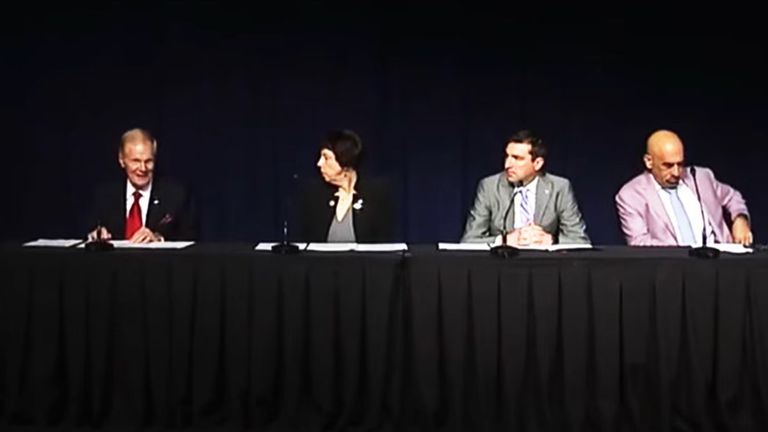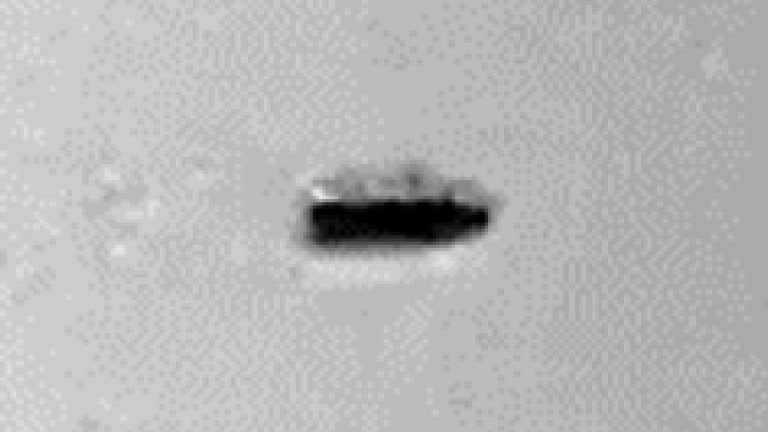NASA appoints first UFO research director – but ‘no evidence’ any sightings have been alien in origin


NASA has appointed its first director of UFO research after an independent scientific panel said it should play a larger role in detecting them.
It announced the move following the publication of a 33-page report, which contained a series of recommendations describing how the space agency could advance the US government’s understanding of such phenomena.
Scientists have released findings on ‘UAPs’ – live updates
While the 16-team panel stressed there is “no reason to conclude” that any sightings have been alien in origin, it warned any mysterious flying objects were a “self-evident” threat to American airspace.
NASA has also sought to rename UFOs to UAPs (unidentified anomalous phenomena) to disassociate the panel’s activity from the public’s never-ending fascination with potential alien life.
The agency’s administrator Bill Nelson said it was time to “shift the conversation from sensationalist to science”.
He said the report marked the first time NASA has taken “concrete action to seriously look into UAP”.
“We all are entertained by Indiana Jones in the Amazon finding the crystal skull,” he said, referencing the impact of popular culture on people’s interest in aliens.
“There’s a lot of folklore out there. That’s why we entered the arena: to get into this from a science point of view.”
Advertisement
NASA given recommendations to help demystify UAPs
Mr Nelson was speaking at a news briefing after the release of the report, which came over a year after the space agency announced it was forming an independent team of scientists tasked with looking into UFO sightings.
It held its first public meeting back in May, where the panel said while there had been a rise in reported sightings, barely any could be deemed “anomalous”.
Previous sightings have been put down to drones, while others have ended up being satellites.
Thursday’s report made a number of recommendations for how NASA should approach the topic in future.
They included:
• Utilise its Earth observation tools, like the James Webb Space Telescope, to investigate whether there are environmental conditions associated with UAP
• Leverage the private space industry’s vast constellations of satellites to look out for UAPs, so we are less reliant on grainy camera footage for potential sightings
• Consider how AI and machine learning can be leveraged to help detect UAP and gather more data
• Improve public engagement, perhaps by looking into the development of a smartphone app to gather images from citizen observers
• Better leverage the existing reporting system for commercial pilots

New director to remain unnamed due to ‘hostile’ threats
Mr Nelson said the newly-appointed director for UAP research would help NASA implement the recommendations.
But the person in the role, who has already started work, will not be named due to threats made to the panel.
Study chairman David Spergel said members had been “harassed” by “nasty and hostile” people online.
Mr Spergel said he understood the public’s interest in the mystery of UAPs, but stressed that most were planes, weather events, drones, or balloons.
But he said he hoped the first-of-its-kind report would help reduce “stigma” around sightings, as any such objects could prove dangerous to American airspace.
‘Serious business’
Ahead of the report, Dr Daniel Evans, NASA’s assistant deputy associate administrator for research, said the UAP renaming aimed to convey to the public that the topic is “serious business”.
But the possibility of aliens has continued to make headlines this year, not least because of a first-of-its-kind Congressional hearing about the topic earlier this summer.
Among those who gave evidence was a former US intelligence official who claimed “non-human biologics” have been recovered from crash sites and covered up.
This breaking news story is being updated and more details will be published shortly.
Please refresh the page for the fullest version.
You can receive Breaking News alerts on a smartphone or tablet via the Sky News App. You can also follow @SkyNews on X or subscribe to our YouTube channel to keep up with the latest news.